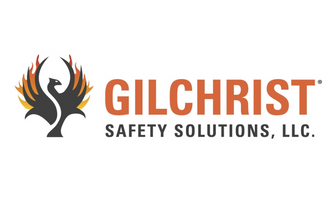Construction Safety Trends: A Comprehensive Analysis
Construction sites are dynamic workplaces with a variety of inherent hazards that can cause accidents and injuries. The construction industry has witnessed significant changes in terms of safety regulations and practices over the years. The objective of this paper is to explore some of the recent trends in construction safety, highlighting both the advances and the gaps in the industry's efforts to ensure safer work environments for construction workers.
Tech Trends
There has been a tremendous increase in the implementation of automation technologies in the construction industry in recent years. These include the use of drones, 3D printing, and virtual and augmented reality. Drones, also known as unmanned aerial vehicles (UAVs), have been used in construction sites to survey sites, monitor progress, and identify potential hazards. Similarly, 3D printing has revolutionized construction with the production of prefabricated building components like walls, roofs, and windows. Virtual and augmented reality has been applied to reinforce worker training through simulation of potentially dangerous scenarios.
However, the ease in adopting these emerging tech tools means that adequate measures must be put in place to ensure that workers are protected from the new risks associated with their implementation. For instance, construction workers are at risk of injury from the drones, and new guidelines must be developed to govern their use in these potentially dangerous environments.
Role of Safety Culture in Organizations
The concept of a positive safety culture is critical to the development and implementation of effective safety measures in workplaces. Companies prioritize employee safety by showing commitment to safety in a variety of ways, including financial investments in equipment, resources, and training of workers. Safety culture should become an essential component of any organization's policies and practices.
Effective Communication and Training
The foundation of any successful construction safety program lies in effective communication and training practices. Frequent training programs and refreshers must be in place for personnel at all levels of the organization. All employees should receive training about the latest safety protocols, with updated trainings whenever there are new hazards or regulations in the construction field. This will ensure transparency in communication between the management, supervisors, and workers, leading to a seamless implementation of the safety programs.
Increased Focus on Mental Health and Well-being
According to data from the National Institute for Occupational Safety and Health, the construction industry has higher rates of depression, anxiety, alcohol usage, and suicide than other industries. The construction industry has recognized that the most valuable asset is their workforce, and helping employees cope with their mental well-being can yield significant benefits in terms of productivity, quality output, and overall satisfaction. The industry has intensified efforts to promote wellness initiatives for their workforce. These initiatives include the provision of mental health and employee assistance programs, tele-health services, stress management, and counseling.
Conclusion
In conclusion, recent trends in construction safety are reflective of the changes in the construction industry. New technologies offer opportunities to improve safety, however comprehensive guidelines must be developed to prevent these advancements from posing new hazards. Current and future developments in construction safety must continue to be both innovative and well documented to ensure that construction workers remain protected against the dangers they face every day.
